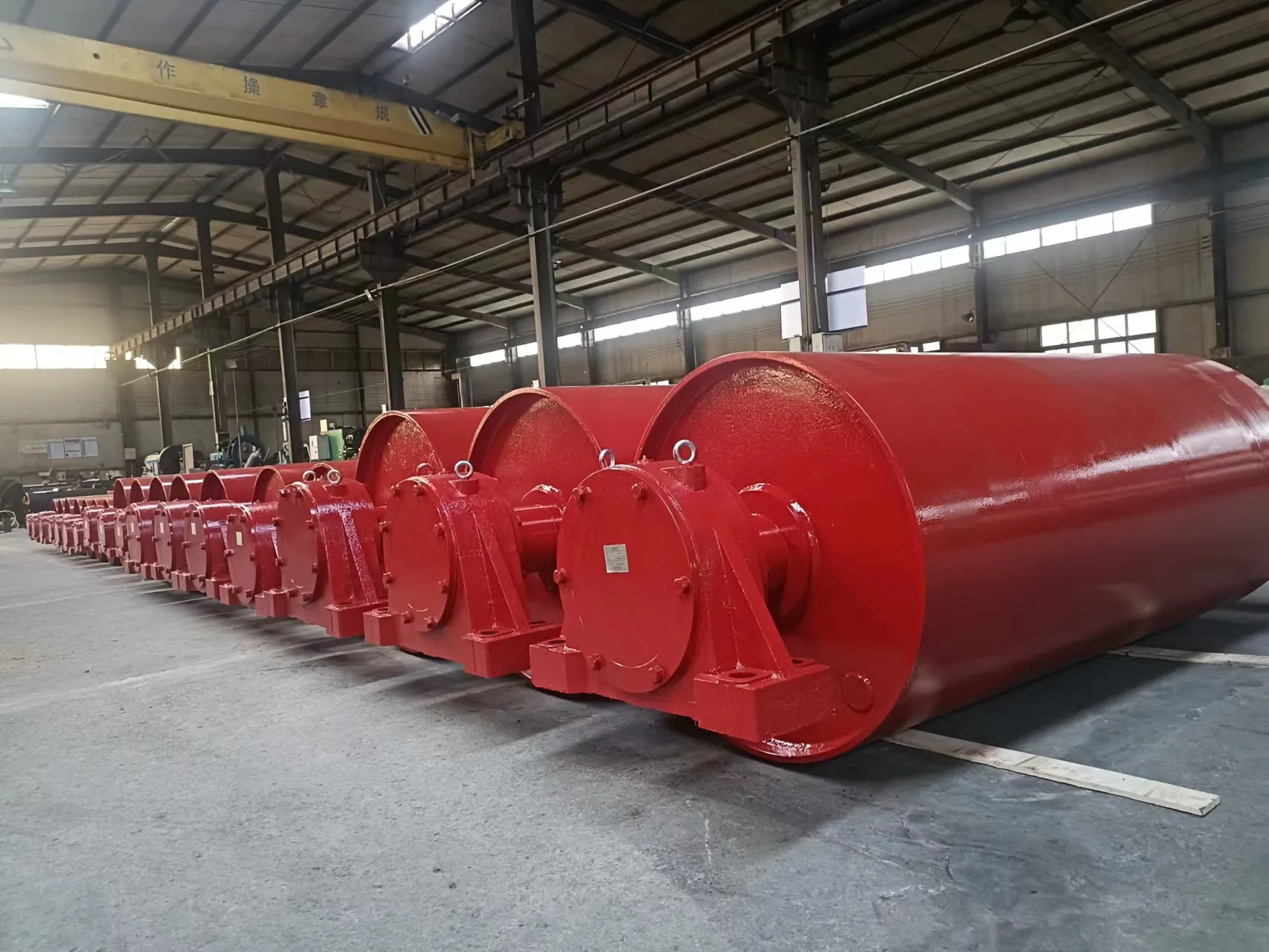 Afrikaans
Afrikaans  Albanian
Albanian  Amharic
Amharic  Arabic
Arabic  Armenian
Armenian  Azerbaijani
Azerbaijani  Basque
Basque  Belarusian
Belarusian  Bengali
Bengali  Bosnian
Bosnian  Bulgarian
Bulgarian  Catalan
Catalan  Cebuano
Cebuano  Corsican
Corsican  Croatian
Croatian  Czech
Czech  Danish
Danish  Dutch
Dutch  English
English  Esperanto
Esperanto  Estonian
Estonian  Finnish
Finnish  French
French  Frisian
Frisian  Galician
Galician  Georgian
Georgian  German
German  Greek
Greek  Gujarati
Gujarati  Haitian Creole
Haitian Creole  hausa
hausa  hawaiian
hawaiian  Hebrew
Hebrew  Hindi
Hindi  Miao
Miao  Hungarian
Hungarian  Icelandic
Icelandic  igbo
igbo  Indonesian
Indonesian  irish
irish  Italian
Italian  Japanese
Japanese  Javanese
Javanese  Kannada
Kannada  kazakh
kazakh  Khmer
Khmer  Rwandese
Rwandese  Korean
Korean  Kurdish
Kurdish  Kyrgyz
Kyrgyz  Lao
Lao  Latin
Latin  Latvian
Latvian  Lithuanian
Lithuanian  Luxembourgish
Luxembourgish  Macedonian
Macedonian  Malgashi
Malgashi  Malay
Malay  Malayalam
Malayalam  Maltese
Maltese  Maori
Maori  Marathi
Marathi  Mongolian
Mongolian  Myanmar
Myanmar  Nepali
Nepali  Norwegian
Norwegian  Norwegian
Norwegian  Occitan
Occitan  Pashto
Pashto  Persian
Persian  Polish
Polish  Portuguese
Portuguese  Punjabi
Punjabi  Romanian
Romanian  Russian
Russian  Samoan
Samoan  Scottish Gaelic
Scottish Gaelic  Serbian
Serbian  Sesotho
Sesotho  Shona
Shona  Sindhi
Sindhi  Sinhala
Sinhala  Slovak
Slovak  Slovenian
Slovenian  Somali
Somali  Spanish
Spanish  Sundanese
Sundanese  Swahili
Swahili  Swedish
Swedish  Tagalog
Tagalog  Tajik
Tajik  Tamil
Tamil  Tatar
Tatar  Telugu
Telugu  Thai
Thai  Turkish
Turkish  Turkmen
Turkmen  Ukrainian
Ukrainian  Urdu
Urdu  Uighur
Uighur  Uzbek
Uzbek  Vietnamese
Vietnamese  Welsh
Welsh  Bantu
Bantu  Yiddish
Yiddish  Yoruba
Yoruba  Zulu
Zulu Februari . 16, 2025 13:00
Back to list
training idler
Training idlers are essential components in various industrial settings that often go unnoticed, yet their impact on operational efficiency is significant. These mechanisms are integral to conveyor systems, which are instrumental in industries such as mining, agriculture, and manufacturing. Here, we delve into the fundamentals and nuances of training idlers, cutting through technical jargon to offer insights based on real-world experience and technical expertise.
Incorporating training idlers into a conveyor system is not just about avoiding misalignment; it’s about achieving operational excellence. Properly aligned belts improve material handling efficiency, reduce downtime, and lower energy consumption. Considering the total cost of ownership, training idlers offer a high return on investment by minimizing unscheduled maintenance and prolonging component life. Latest Innovations in Training Idler Technologies Staying abreast with innovations enhances operational efficiency further. Recent advancements include automated tracking idlers equipped with sensors to provide real-time data on belt alignment. These smart systems notify operators of issues before they escalate, allowing for prompt interventions. Additionally, eco-friendly materials are being used in manufacturing idlers, reducing their environmental impact and enhancing their sustainability profile. Building Trust Through Transparency and Knowledge Sharing When selecting a supplier for training idlers, transparency, and knowledge sharing are paramount. Trustworthy suppliers offer not just products but also delve into the educational aspect, empowering clients with the know-how to maximize the utility of their systems. They provide detailed usage manuals, training sessions, and are open about the components and processes involved in producing their idlers. In conclusion, training idlers are indispensable in achieving a seamless and efficient conveyor system. Their role may seem secondary, but their importance in maintaining operational harmony is undeniable. By leveraging accurate product selection, professional installation, regular maintenance, and keeping pace with technological advancements, industries can achieve significant operational gains. The combination of expertise, experience, and a trustworthy supplier relationship paves the way for sustainable and efficient operations, ensuring one's conveyor system is always at its peak performance. Conclusively, embracing innovation while adhering to proven practices encapsulates the key to optimizing the potential of training idlers, thereby setting a benchmark in industrial operations.


Incorporating training idlers into a conveyor system is not just about avoiding misalignment; it’s about achieving operational excellence. Properly aligned belts improve material handling efficiency, reduce downtime, and lower energy consumption. Considering the total cost of ownership, training idlers offer a high return on investment by minimizing unscheduled maintenance and prolonging component life. Latest Innovations in Training Idler Technologies Staying abreast with innovations enhances operational efficiency further. Recent advancements include automated tracking idlers equipped with sensors to provide real-time data on belt alignment. These smart systems notify operators of issues before they escalate, allowing for prompt interventions. Additionally, eco-friendly materials are being used in manufacturing idlers, reducing their environmental impact and enhancing their sustainability profile. Building Trust Through Transparency and Knowledge Sharing When selecting a supplier for training idlers, transparency, and knowledge sharing are paramount. Trustworthy suppliers offer not just products but also delve into the educational aspect, empowering clients with the know-how to maximize the utility of their systems. They provide detailed usage manuals, training sessions, and are open about the components and processes involved in producing their idlers. In conclusion, training idlers are indispensable in achieving a seamless and efficient conveyor system. Their role may seem secondary, but their importance in maintaining operational harmony is undeniable. By leveraging accurate product selection, professional installation, regular maintenance, and keeping pace with technological advancements, industries can achieve significant operational gains. The combination of expertise, experience, and a trustworthy supplier relationship paves the way for sustainable and efficient operations, ensuring one's conveyor system is always at its peak performance. Conclusively, embracing innovation while adhering to proven practices encapsulates the key to optimizing the potential of training idlers, thereby setting a benchmark in industrial operations.
Next:
Latest news
-
Revolutionizing Conveyor Reliability with Advanced Rubber Lagging PulleysNewsJul.22,2025
-
Powering Precision and Durability with Expert Manufacturers of Conveyor ComponentsNewsJul.22,2025
-
Optimizing Conveyor Systems with Advanced Conveyor AccessoriesNewsJul.22,2025
-
Maximize Conveyor Efficiency with Quality Conveyor Idler PulleysNewsJul.22,2025
-
Future-Proof Your Conveyor System with High-Performance Polyurethane RollerNewsJul.22,2025
-
Driving Efficiency Forward with Quality Idlers and RollersNewsJul.22,2025
OUR PRODUCTS





























